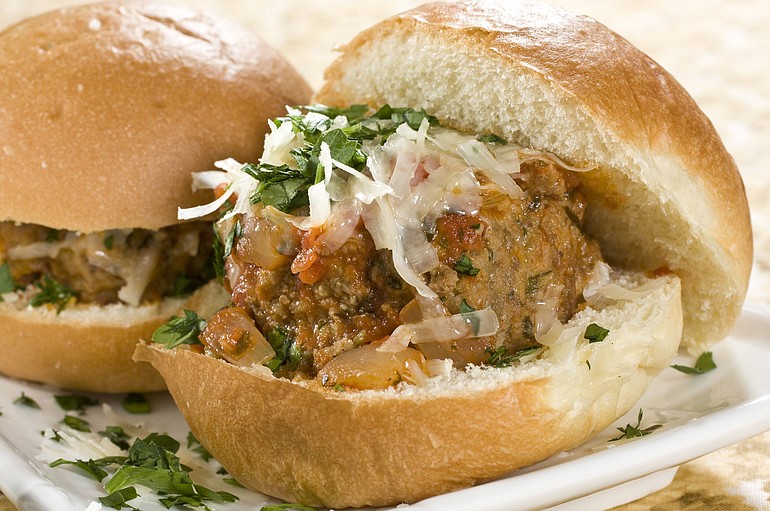They’ve been around for ages and can be found across numerous cultures, but they’ve only earned their English name in recent times.
As food historians can testify, the term “meatball” is fairly new, most likely created in melting pot America to refer to the classic Italian-American version so often tucked into gooey subs, slathered in red sauce and spooned over noodles, or bobbing in soup.
“I can tell you that the idea is a lot older than the word,” said food historian Anne Mendelson. “Before about the early 1920s, you would have had a hard time finding ‘meatballs’ in an American cookbook, and the first entries were ‘Swedish meatballs.’ It took another 20-some years for ‘spaghetti and meatballs’ to start regularly showing up in cookbooks.”
But balls of meat are at least as old as written recipes, with references to the idea dating back to Apicius, a collection of Roman recipes regarded as the first cookbook, said Ken Albala, a food historian at the University of the Pacific in California.



